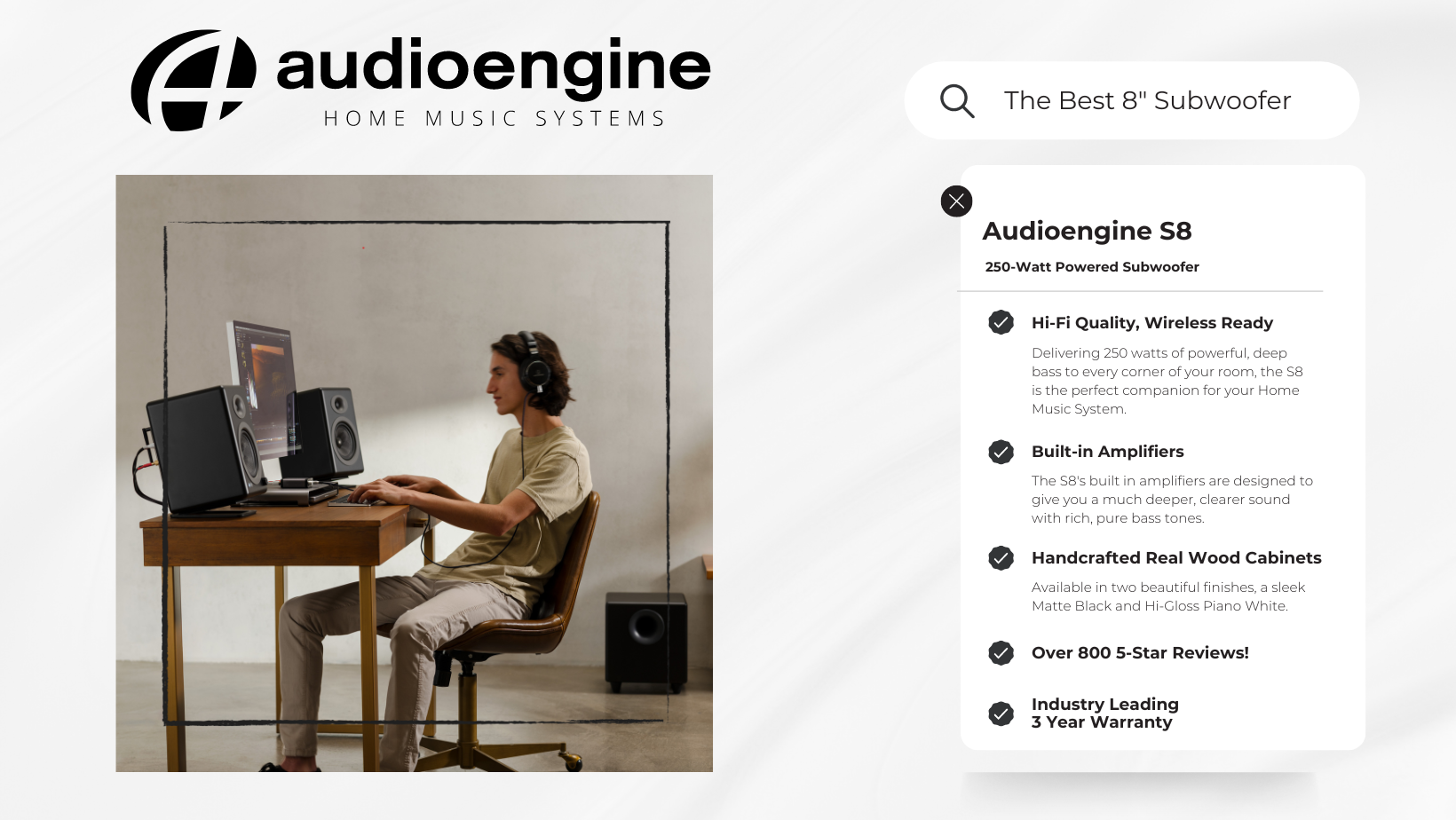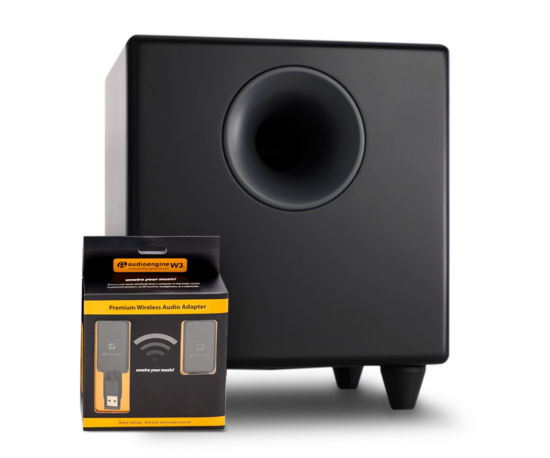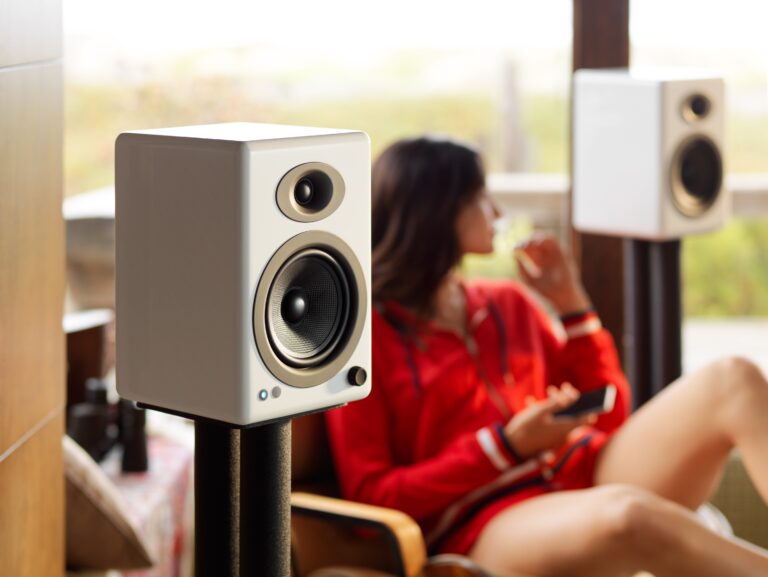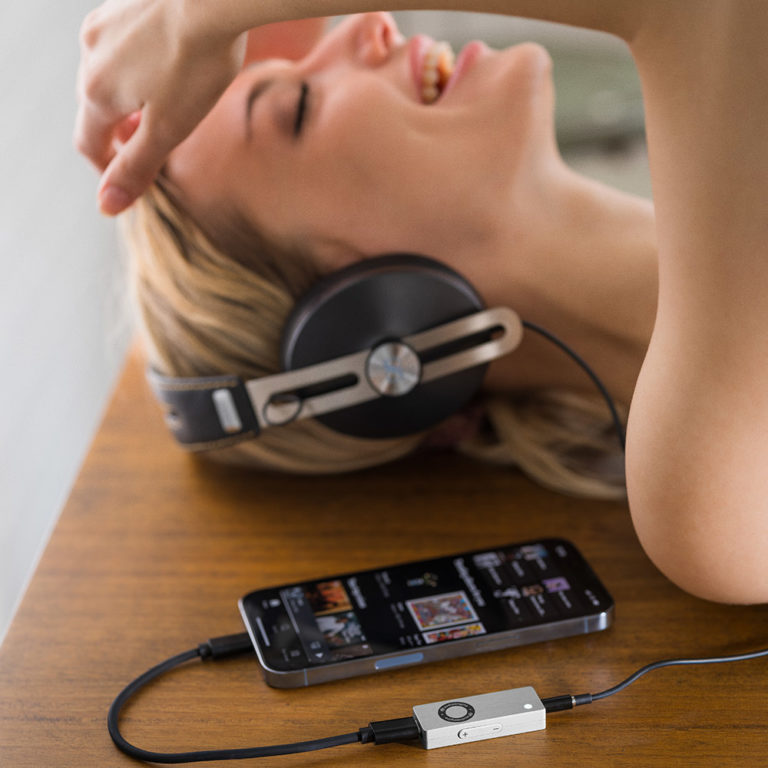Passive vs. Powered Subwoofers: Making the Right Choice for Your Home Audio System
Choosing the right subwoofer is crucial for optimizing your home audio setup. Whether you're looking for more bass from your existing passive speaker setup or simply seeking the best way to enjoy bass in your music and movies, understanding the differences between passive and powered subwoofers will help you make an informed decision.
Can I Add a Passive Subwoofer to My Older Amplifier?
Yes, you can add a passive subwoofer to your older amplifier, but there are a few considerations. Passive subwoofers do not have built-in amplifiers, relying on an external amplifier to power them. Here's what you need to know:
- Compatibility: Ensure your amplifier has a dedicated subwoofer output or speaker (RCA) output that can handle the additional load. Passive subwoofers require significant power, and not all older amplifiers are equipped to handle this demand efficiently.
- Power Requirements: Check the power rating of your amplifier. The amplifier must provide enough power to drive the subwoofer and your passive speakers without distorting the sound or overloading the system. Insufficient power can lead to poor performance and potential damage to the components.
- Impedance Matching: Impedance is the electrical resistance that speakers and amplifiers present to each other. Match the impedance of the subwoofer with that of the amplifier. For example, if your amplifier is rated for 8 ohms, your subwoofer should also be 8 ohms. Mismatched impedance can result in reduced sound quality and could strain your amplifier.
Will My Older Amplifier Have Enough Power?
Older amplifiers might struggle to provide the necessary power for a passive subwoofer. Modern subwoofers often require higher power levels to deliver deep, rich bass. If your amplifier is underpowered, you might experience:
- Distorted Sound: Lack of power can cause the subwoofer to produce distorted or weak bass, diminishing your listening experience.
- Overheating: Running an amplifier beyond its capacity can cause overheating and potentially damage the unit.
- System Instability: An underpowered amplifier might not be able to handle the dynamic demands of music or movie soundtracks, leading to inconsistent performance.
To ensure optimal performance, consider upgrading your amplifier or choosing a powered subwoofer.
Advantages of a Powered Subwoofer
Powered subwoofers, such as the Audioengine S6 and S8, come with built-in amplifiers, offering several benefits that make them a preferred choice for many audiophiles and home audio enthusiasts:
- Ease of Integration: Powered subwoofers simplify setup, as they do not require an external amplifier. Connect them directly to your audio source, and you're ready to go. Both the Audioengine S6 and S8 are designed to seamlessly integrate with various audio systems, making them a hassle-free addition to your setup.
- Optimal Power Matching: Built-in amplifiers are designed to match the subwoofer's power requirements perfectly, ensuring efficient performance and deep, impactful bass. The S6 and S8's built-in amps deliver robust power tailored to the subwoofer, providing consistent and high-quality sound.
- Advanced Features: Many powered subwoofers include advanced features such as adjustable crossover controls, phase adjustment, and auto on/off, providing greater flexibility and control over your sound. The Audioengine S6 and S8 include these features, allowing you to fine-tune your bass settings to match your preferences and room acoustics.
Our article on the 8 Most Frequently Asked Subwoofer Questions provides answers to common queries, helping you make an informed decision about your audio equipment.

Is My Home Theater Subwoofer Good for Listening to Music?
Home theater subwoofers are designed to handle the low-frequency effects (LFE) of movies, delivering powerful and dramatic bass. However, there are key differences between subwoofers optimized for home theater and those for music:
- Bass Quality: Home theater subwoofers often emphasize volume and impact, which can be ideal for explosive movie scenes but may not provide the tight, accurate bass needed for music.
- Frequency Response: Music-focused subwoofers typically have a more extended and flat frequency response, ensuring that the bass integrates seamlessly with the rest of the audio spectrum.
- Precision: For music, precision and clarity in the lower frequencies are crucial. Subwoofers designed for music playback focus on delivering detailed and articulate bass, enhancing the overall listening experience.
While a home theater subwoofer can work for music, it probably won’t offer the same level of refinement and accuracy as a subwoofer specifically designed for music playback.
On the other hand, a subwoofer capable of detailed music playback, like those offered by Audioengine, will offer incredible deep bass to complement your favorite movies.
Conclusion
Choosing between passive and powered subwoofers depends on your existing setup and specific audio needs. For those deciding between different subwoofer types, our comprehensive guide on ported vs. sealed subwoofers offers in-depth insights into the benefits of each design.
For those with older amplifiers, a powered subwoofer offers an easy, efficient solution with built-in amplification and advanced features. If listening to music is your priority, opting for a subwoofer designed for music will ensure you enjoy every note with precision and depth.










